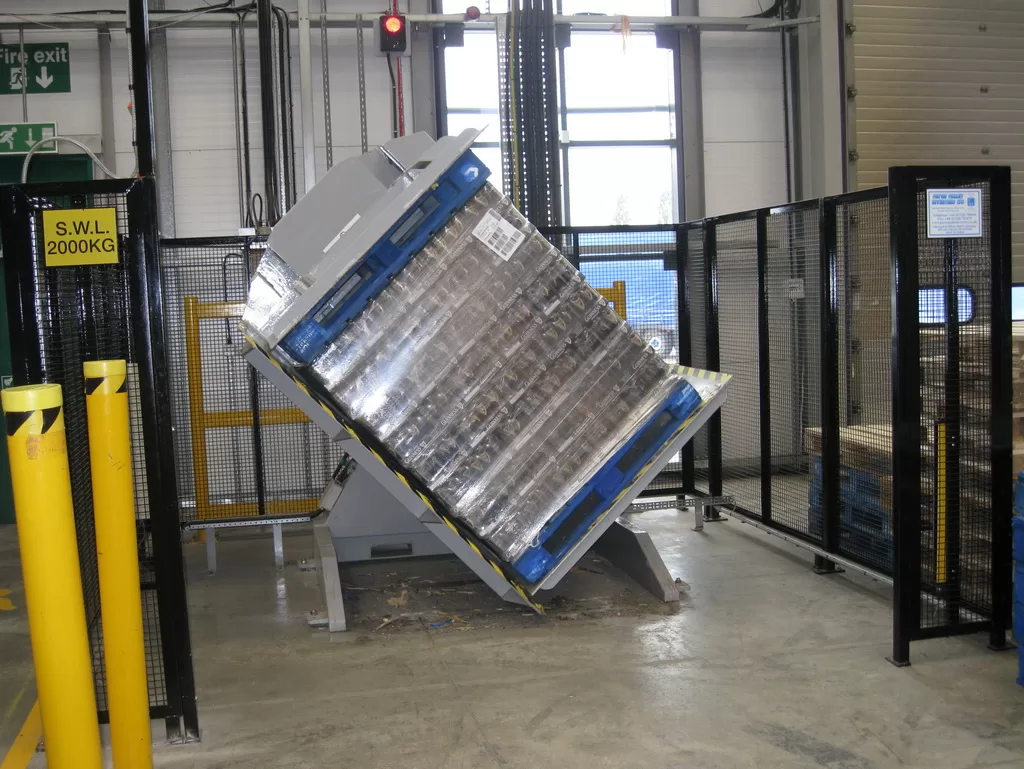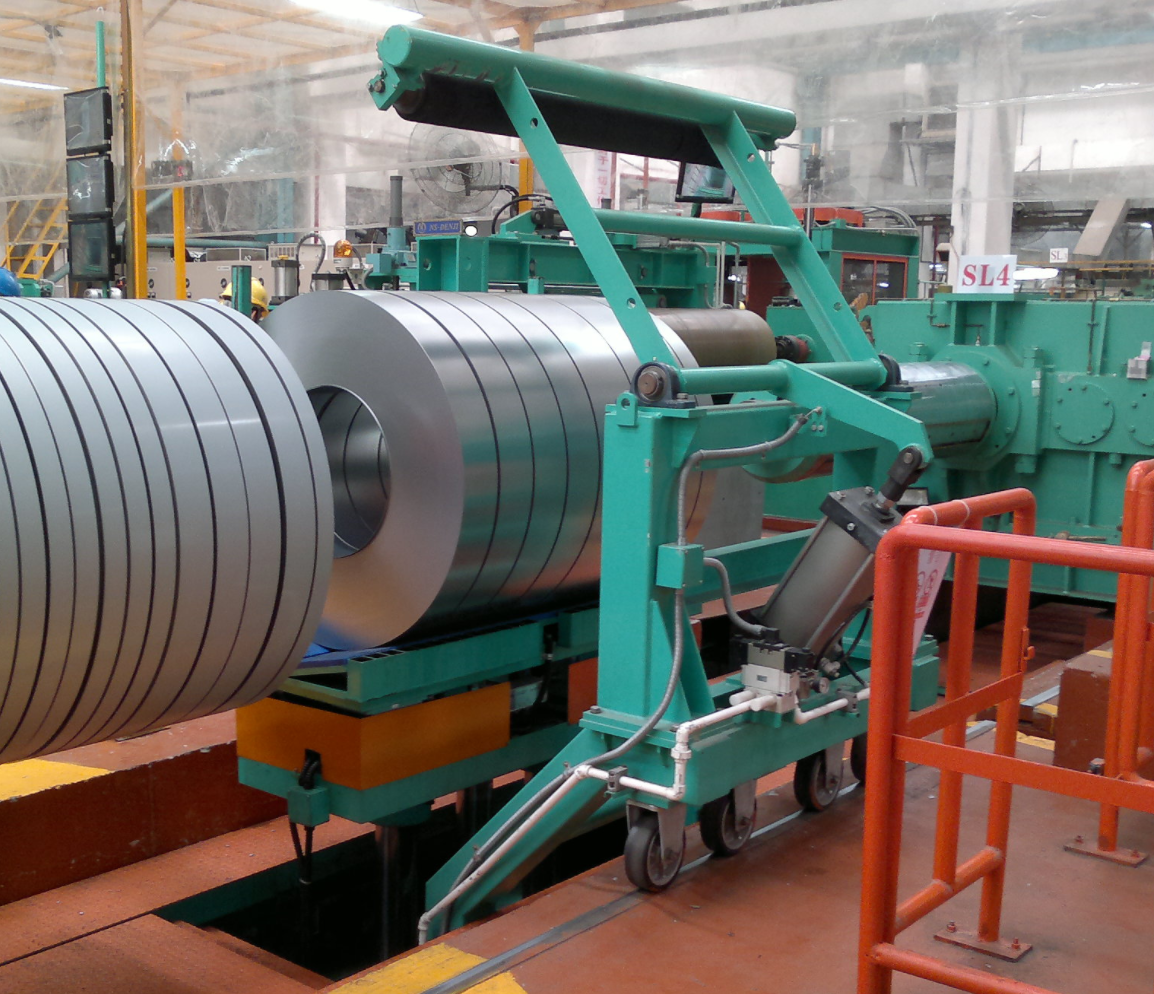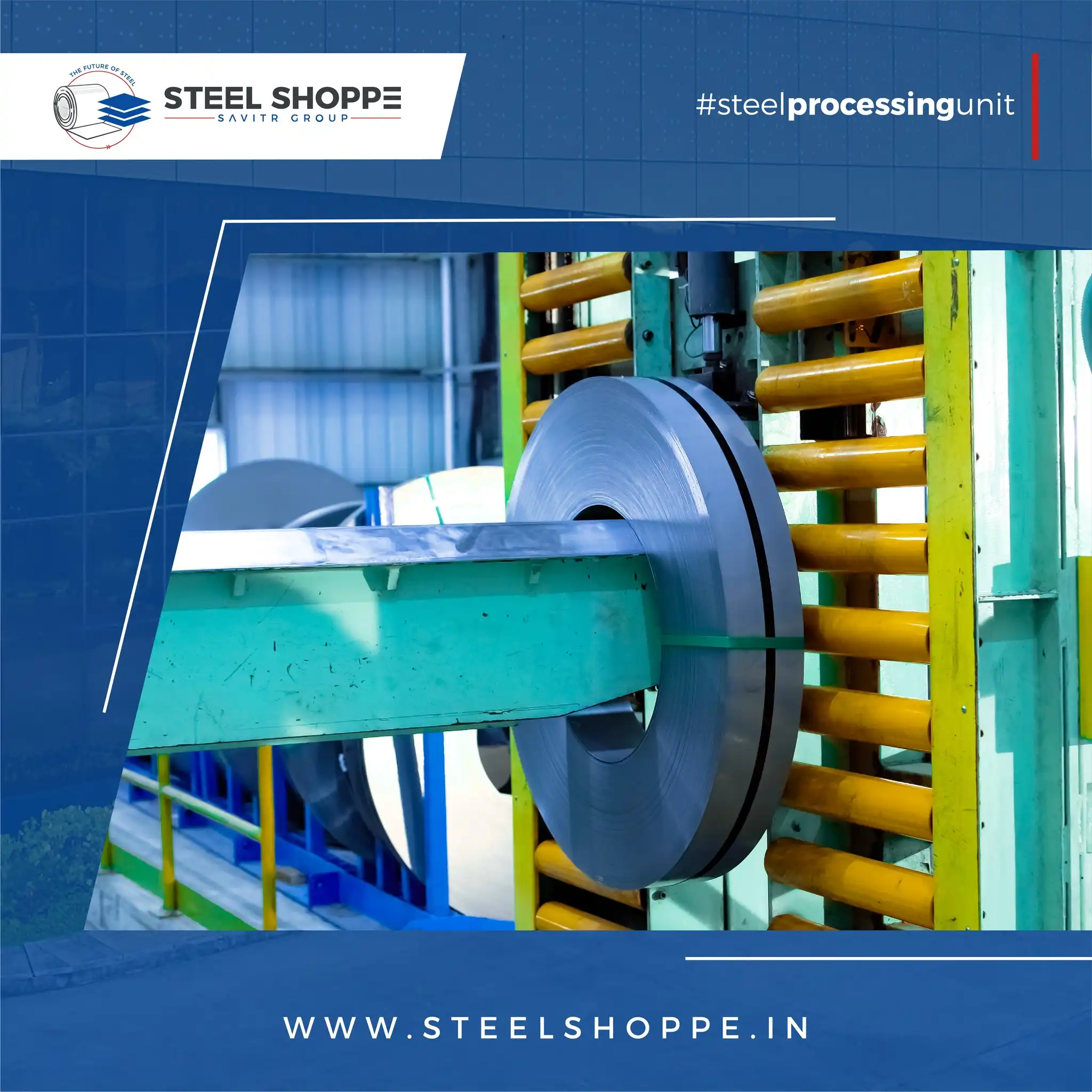How to Do Online PVC Pipe Packing: A Comprehensive Guide
Online PVC pipe packing is a streamlined process involving automatic bundling and bagging systems to efficiently prepare pipes for storage, transport, and sale. Learn more about how it works, its advantages, and the equipment involved.
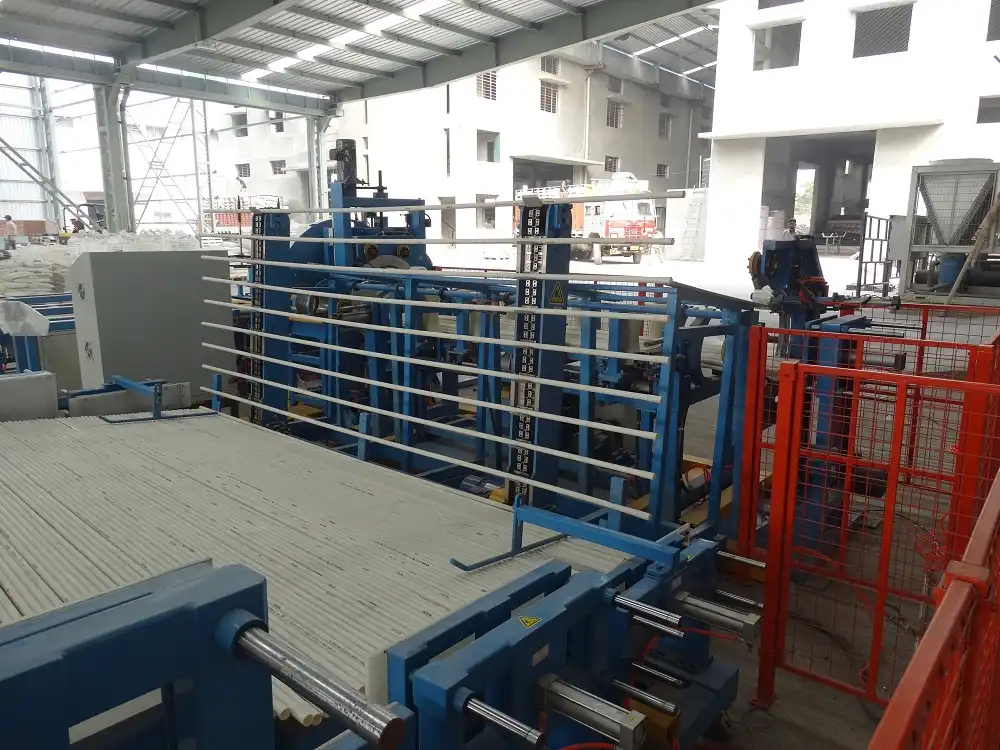
Online PVC pipe packing involves automatically counting, bundling, strapping, and bagging pipes directly from the production line. This integrated process minimizes handling, reduces labor costs, and ensures consistent packaging quality, leading to improved efficiency and reduced material waste. Ultimately, it optimizes the entire pipe production and distribution workflow.
Ready to optimize your PVC pipe packing process? Let’s dive into the specifics of how online PVC PIPE PACKING works and the benefits it can bring to your operation.
1: Understanding the Basics of Online Pipe Packing
Online pipe packing refers to the automatic system that integrates directly with the pipe extrusion line to bundle and package PVC pipes. This reduces the need for manual handling and improves efficiency.
Online pipe packing automates the process of counting, bundling, strapping, and bagging PVC pipes as they come off the production line. This eliminates manual labor, ensures consistent bundle sizes, and protects the pipes during handling and transportation, leading to cost savings and improved product presentation.
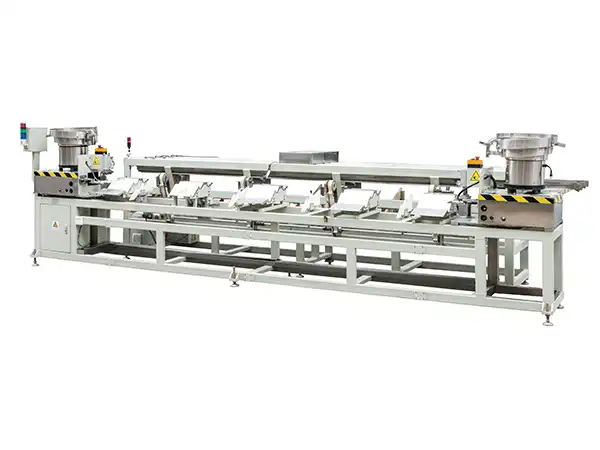
The Benefits of Automation: A Detailed Look
Automating the pipe packing process offers a multitude of advantages over traditional manual methods. These benefits can be categorized into several key areas: efficiency, cost savings, product protection, and consistency. Let’s examine each of these in detail.
Efficiency Gains
- Reduced Labor Costs: Automation significantly reduces the number of workers required for packing, leading to substantial savings in labor costs.
- Increased Throughput: Automated systems can handle a higher volume of pipes per unit of time compared to manual packing.
- Continuous Operation: Machines can operate continuously, around the clock, without the need for breaks or shift changes.
- Minimized Downtime: Automated systems are designed for reliability and can reduce downtime associated with manual errors or worker fatigue.
Cost Savings
- Lower Labor Expenses: As mentioned above, reduced labor requirements translate directly into lower labor expenses.
- Reduced Material Waste: Precise control over bundling and strapping minimizes material waste.
- Minimized Damage: Automated handling reduces the risk of damage to pipes during packing, preventing product loss.
- Optimized Packaging: Automated systems can optimize the use of packaging materials, reducing costs.
Product Protection
- Consistent Packaging: Automated systems ensure that each bundle is consistently packed, providing uniform protection.
- Reduced Handling: Minimizing manual handling reduces the risk of scratches, dents, and other damage to pipes.
- Secure Strapping: Automated strapping systems apply consistent tension, preventing bundles from loosening during transportation.
- Weather Resistance: Bagging systems can provide weather resistance, protecting pipes from moisture and UV damage.
Consistency
- Uniform Bundle Sizes: Automated systems ensure that each bundle contains the correct number of pipes.
- Consistent Strapping: Automated strapping systems apply consistent tension, preventing bundles from loosening during transportation.
- Neat and Professional Appearance: Automated packing creates bundles with a neat and professional appearance, enhancing product presentation.
To illustrate the impact of automation, consider the following comparison between manual and automated pipe packing:
| Feature | Manual Packing | Automated Packing |
|---|---|---|
| Labor Required | 4-6 Workers | 1-2 Workers (for monitoring) |
| Throughput | 500-1000 Pipes/Hour | 2000-4000 Pipes/Hour |
| Error Rate | 5-10% (due to manual handling and counting) | <1% (precise sensors and automated control) |
| Material Waste | 3-5% (inconsistent strapping and packaging) | <1% (optimized material usage) |
| Consistency | Variable | Highly Consistent |
The data clearly shows that automated packing significantly outperforms manual packing in terms of efficiency, accuracy, and consistency. The investment in an automated system quickly pays for itself through reduced labor costs, increased throughput, and minimized product loss.
2: Key Components of an Online PVC Pipe Packing Machine
The online PVC pipe packing machine is a complex system composed of several interconnected components. Understanding these components is crucial for optimizing performance and troubleshooting issues.
An online PVC pipe packing machine typically includes a pipe counting system, aligning mechanism, bundling unit, strapping station, and bagging system, all working in concert to efficiently and automatically package pipes directly from the production line.
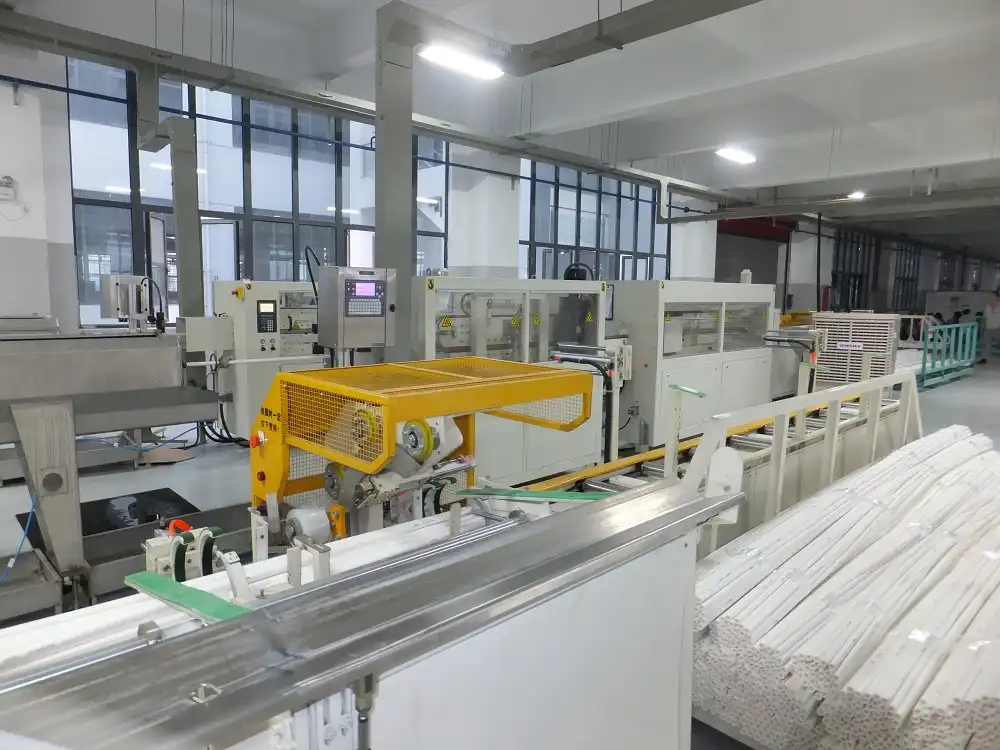
Diving into the Technical Details of the Components:
Each component plays a vital role in the overall packing process. Let’s delve deeper into their functions and technical aspects:
1. Pipe Counting and Feeding System:
This system accurately counts and feeds the pipes into the bundling area. It often incorporates sensors and buffer zones to ensure a continuous flow.
2. Pipe Aligning Mechanism:
This mechanism aligns the pipes before bundling, ensuring they are neatly arranged and parallel. This is crucial for creating stable and aesthetically pleasing bundles.
3. Bundling Unit:
The bundling unit gathers the aligned pipes and forms them into a tight bundle. It may utilize different methods, such as ring-based bundling or clamp-based bundling.
4. Strapping Station:
The strapping station applies straps around the bundle to secure it. It uses tensioning mechanisms to ensure the straps are tight and prevent the bundle from loosening.
5. Bagging System (Optional):
The bagging system encases the bundled pipes in a protective bag. It includes bag dispensing, sealing, and discharge mechanisms.
6. Conveying System:
This system transports the pipes between different stations, ensuring a smooth and continuous flow of materials.
7. Control System:
The control system integrates all the components and coordinates their operation. It allows operators to monitor and adjust the packing process.
Understanding these components will enable you to effectively select, operate, and maintain an online PVC pipe packing machine, ultimately leading to optimized performance and increased productivity.
3: Optimizing Your Online Packing Process for Maximum Efficiency
Optimizing your online packing process requires a comprehensive approach, considering factors such as machine configuration, material selection, and operator training.
To maximize efficiency in online PVC pipe packing, focus on optimizing machine settings for different pipe sizes, ensuring a consistent supply of packaging materials, and providing adequate training for operators to minimize downtime and maximize throughput.

Strategies for Streamlining Your Packing Line:
There are several key strategies you can implement to optimize your online packing process and achieve maximum efficiency.
Machine Configuration and Settings
Optimizing machine settings for different pipe sizes and materials is crucial for achieving efficient and consistent packing. This includes adjusting:
- Bundle Size: The number of pipes per bundle should be optimized based on pipe diameter and customer requirements.
- Strapping Tension: The tension of the straps should be adjusted to securely hold the bundle without damaging the pipes.
- Bag Size: The size of the bags should be optimized to fit the bundle snugly and minimize material waste.
Material Selection
Selecting the right packaging materials is crucial for protecting the pipes during handling and transportation. Consider the following factors:
| Material | Advantages | Disadvantages |
|---|---|---|
| PE Film | Cost-effective, lightweight, provides basic protection | Prone to tearing, limited weather resistance |
| Woven Fabric | Strong, durable, provides good protection | More expensive than PE film, may require sewing |
| Strapping Belt | High tensile strength, secures bundles effectively | Can damage pipes if overtightened, requires specialized equipment |
Operator Training
Proper operator training is essential for ensuring the smooth operation of the packing line and minimizing downtime. Operators should be trained on:
- Machine Operation: Understanding the functions of each component and how to operate the machine safely and effectively.
- Troubleshooting: Identifying and resolving common issues, such as strap jams or sensor errors.
- Maintenance: Performing routine maintenance tasks, such as cleaning and lubricating components.
By implementing these strategies, you can significantly improve the efficiency of your online packing process and reduce overall costs.
4: Troubleshooting Common Issues in Online PVC Pipe Packing
When running an online PVC pipe packing machine, occasional issues may arise. Knowing how to troubleshoot these problems quickly can minimize downtime and ensure smooth operations.
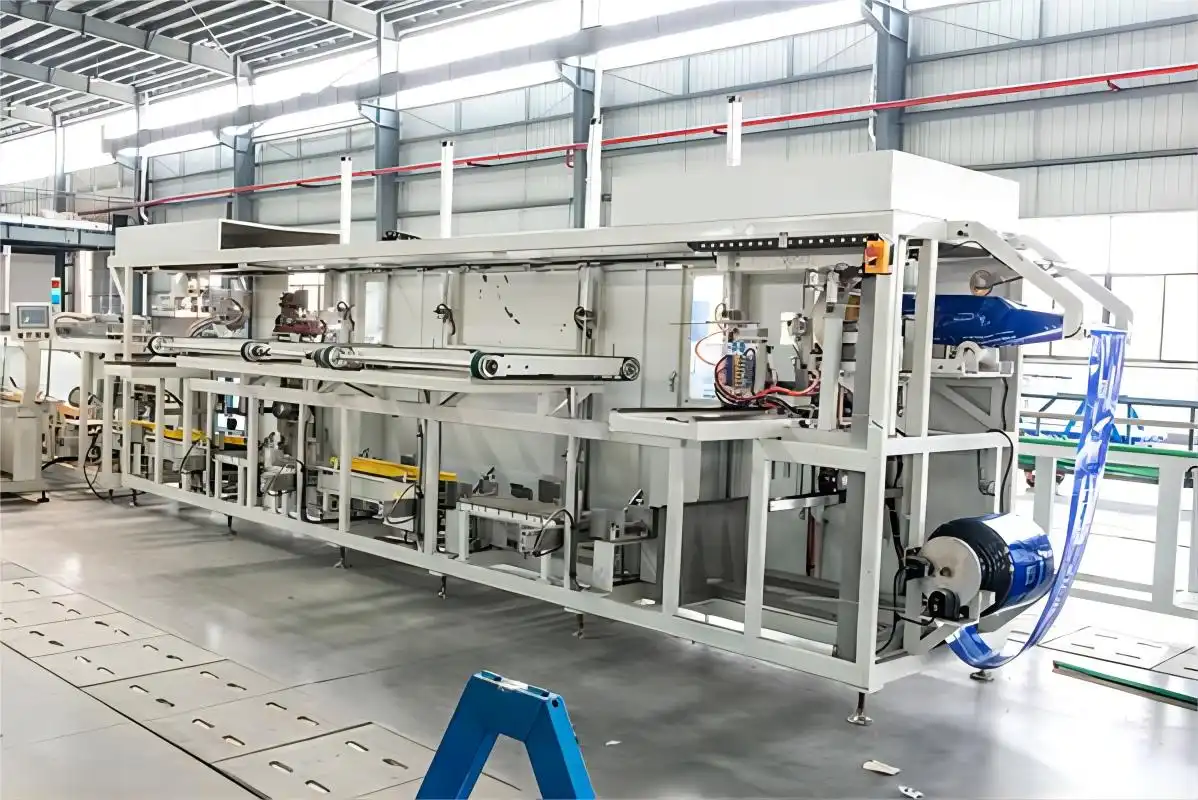
Common issues in online PVC pipe packing include strap jams, sensor malfunctions, and inconsistent bundle sizes. Addressing these quickly through proper maintenance and troubleshooting ensures continuous and efficient operation.
Addressing these common issues requires a systematic approach and a good understanding of the machine’s components. Here’s a detailed guide to help you troubleshoot and resolve problems efficiently:
- Strap Jams:
- Causes: Misaligned strapping head, worn-out strapping mechanism, improper strap tension.
- Troubleshooting: Check the alignment of the strapping head and adjust as needed. Inspect the strapping mechanism for wear and tear and replace any damaged parts. Adjust the strap tension to ensure proper feeding.
- Sensor Malfunctions:
- Causes: Dirty or damaged sensors, loose wiring connections, incorrect sensor settings.
- Troubleshooting: Clean the sensors with a soft cloth and inspect them for damage. Check the wiring connections and ensure they are secure. Verify the sensor settings are correct for the pipe size being processed.
- Inconsistent Bundle Sizes:
- Causes: Faulty counting system, slipping clutch, variations in pipe diameter.
- Troubleshooting: Calibrate the counting system to ensure accurate counting. Inspect the clutch for wear and tear and replace if necessary. Ensure the pipes are within the specified diameter range.
- Bagging System Problems:
- Causes: Bag jams, sealing issues, bag tearing.
- Troubleshooting: Check for obstructions in the bag dispensing area. Inspect the sealing mechanism and adjust as needed. Use bags of appropriate thickness and strength to prevent tearing.
- Conveying System Issues:
- Causes: Belt slippage, roller malfunction, obstruction on the conveyor.
- Troubleshooting: Tighten the conveyor belt and ensure proper tension. Inspect the rollers for damage and replace if necessary. Remove any obstructions from the conveyor path.
By following these troubleshooting steps, you can quickly resolve common issues in online PVC pipe packing and minimize downtime, ensuring a smooth and efficient operation. Remember to consult the machine’s manual for specific troubleshooting instructions and safety guidelines.
Conclusion:
Online PVC pipe packing offers a streamlined and efficient solution for preparing pipes for storage, transport, and sale. By understanding the process, key components, and optimization strategies, businesses can significantly improve their productivity and reduce costs. Implementing a well-maintained and optimized online packing system is an investment that yields long-term benefits, enhancing operational efficiency and product quality.


